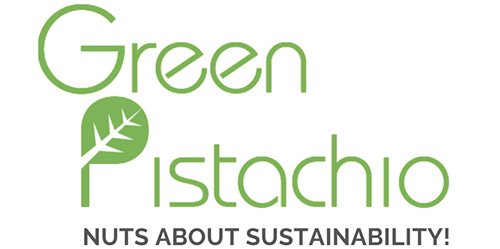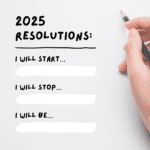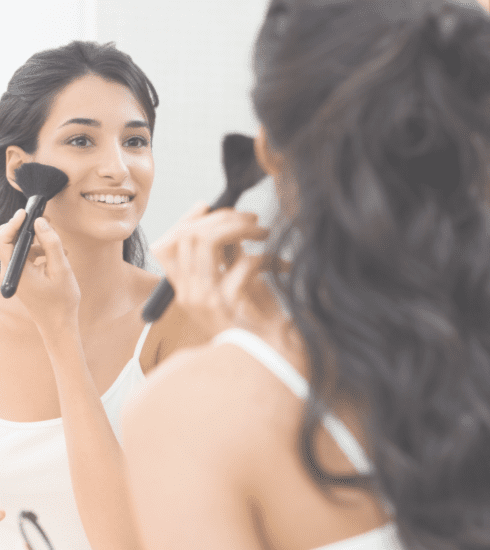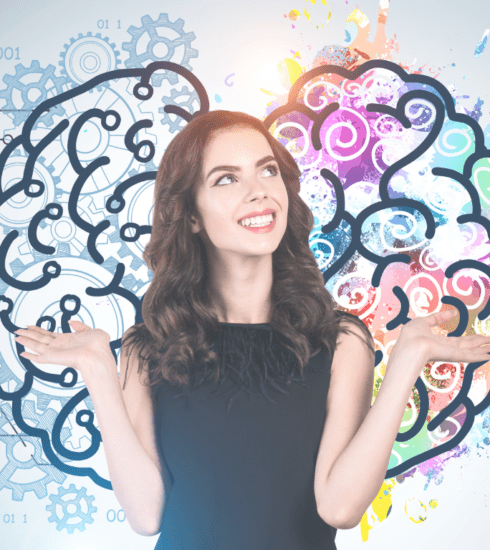Unpacking Targeted Prejudice: How Popular Media Shapes Conversations On Diversity
Have you ever noticed how a TV show or movie can spark heated debates about societal issues, almost as if it were holding up a mirror to our struggles? It’s fascinating—and a little daunting—how much of our understanding of prejudice is influenced by what we watch and read. Popular media often reflects and sometimes challenges the biases embedded in our societies. Today, we’ll dive into an introspection of how four very entertaining yet insightful stories shape conversations on diversity and prejudice.
Over the holiday season, I found myself deeply immersed in a binge-watching/reading marathon of some impactful films and stories. It was my humble effort to unravel where the roots of discrimination lie. Understanding societal prejudices is not solely a professional or literary pursuit, but also a personal mission shaped by the knowledge that discrimination affects countless lives in tangible ways. Did you know recent studies show that over 75% of people globally have experienced some form of prejudice? These figures are a stark reminder of how deep-rooted these issues are. It was with this perspective that engaging with stories like “The Six Triple Eight,” “Origin,” “Under the Bridge,” and “The Green Book,” thus became not just entertainment but a crucial lens through which to examine our biases.
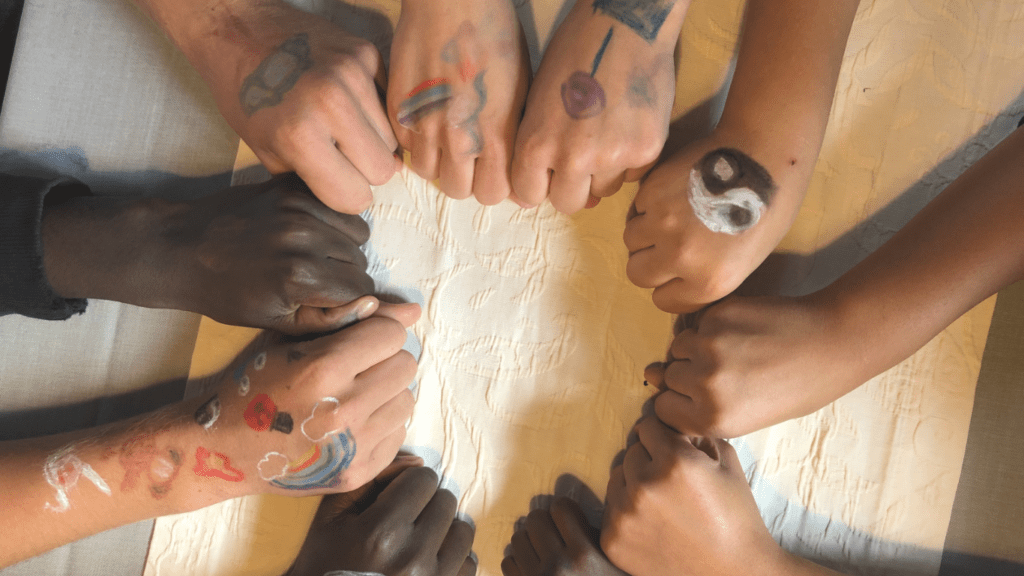
The Power of Storytelling in Challenging Bias
Stories have an incredible power to reflect societal issues right back at us. They can either challenge our preconceived notions or, quite sneakily, reinforce them. Have you ever found yourself laughing at a comedy only to realize it’s making a pointed social commentary? That’s the subtle (or sometimes not so subtle) magic of media. Through humor, drama, and imagination ; movies, books, and shows invite us to confront discrimination in ways that are engaging and thought-provoking. Moreover, the stories we are discussing today are based on real-life experiences and events, adding an extra layer of poignancy and relevance to their narratives. When storytelling draws from reality, it resonates deeply with audiences as it mirrors the genuine struggles and triumphs people face. This authenticity makes the stories not only more relatable but also powerful tools for reflection in today’s world, where conversations about diversity and prejudice are as critical as ever.
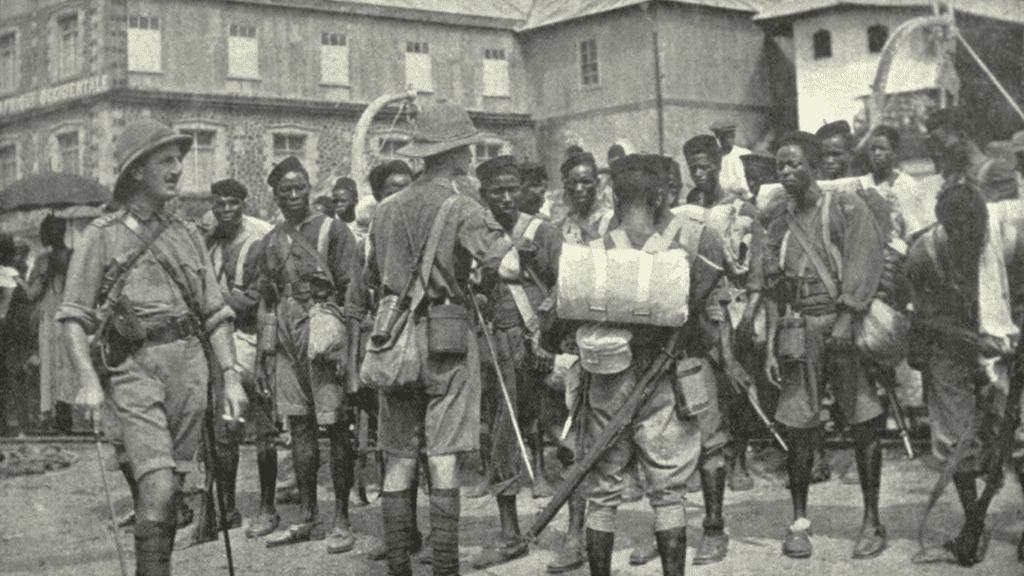
The Six Triple Eight: Redefining Courage and Diversity
The film is based on the 2019 magazine article “Fighting a Two-Front War”, by Kevin M. Hymel, on the contributions of the 6888th Central Postal Directory Battalion, an all-Black and all-female battalion, in World War II.
In the movie, we’re taken on an exhilarating journey that shatters stereotypes. The story centers around a diverse group of African- American women soldiers, each fighting not only the war but also their own battles against prejudice. This narrative brims with moments that inspire courage. Take, for example, the scene where, Major Adams of the 6888th Battalion confronts General Halt’s prejudice when he tries to replace her leadership with a white male officer. Her eloquent defiance and the soldiers’ applause highlight the resilience of marginalized groups in the face of systemic discrimination. The scene and the story had me in awe of how the protagonists stand united against an unjust policy, learning to draw strength from their diversity. It leaves us with a powerful takeaway: resilience and unity are key in overcoming prejudice.
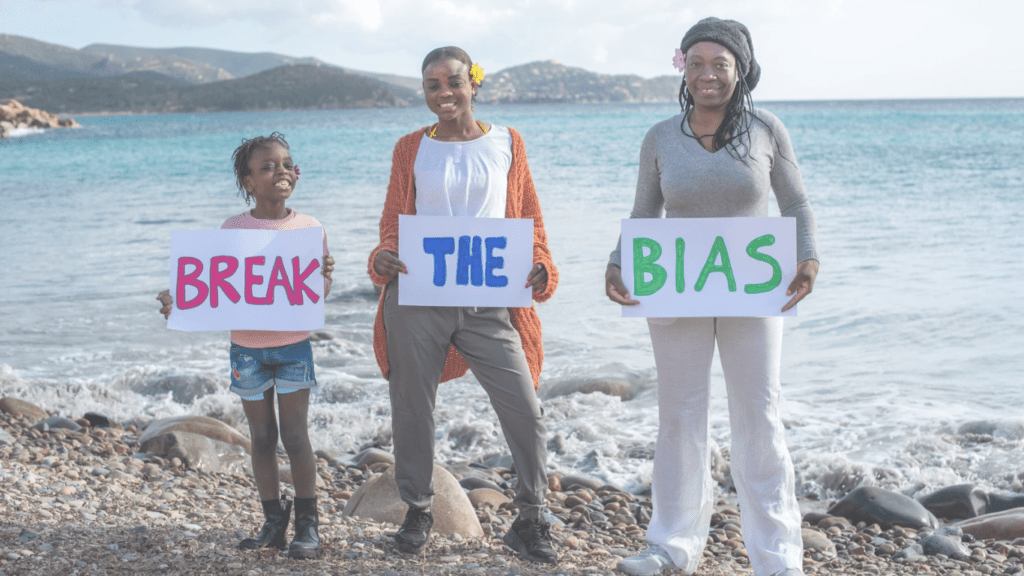
Origin: The Evolution of Bias
Ava DuVernay’s 2023 biographical drama Origin follows Isabel Wilkerson (Aunjanue Ellis-Taylor) as she researches her book Caste: The Origins of Our Discontents. Through travels to Germany, India, and the U.S., Wilkerson examines caste systems and how bigotry transcends race, exploring parallels like India’s caste hierarchy and Nazi Germany’s racial ideology. The film provokes critical conversations about the roots of prejudice.
“Origin” dives deep into the roots of discrimination, weaving a narrative that connects the dots between personal biases and systemic inequalities. By peeling back layers of history, it exposes uncomfortable truths but also offers hope by reminding us that change starts with understanding our shared humanity. It’s a vivid reminder that evolution, whether scientific or social, often requires confronting difficult truths.
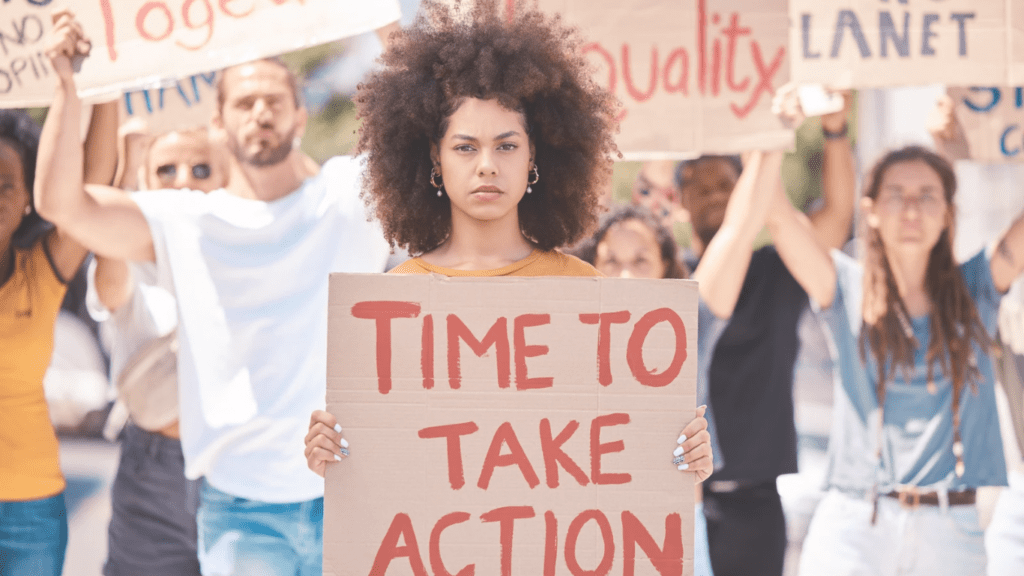
Under the Bridge: Bridging Gaps, Literally and Figuratively
Ever considered how a bridge might symbolize overcoming divides—be it cultural, gender, or otherwise? That’s the unique angle “Under the Bridge” takes as it tells a tale of unlikely alliances formed in the heart of conflict.
Based on Rebecca Godfrey’s gripping book, Under the Bridge delves into the tragic story of a high school murder and its impact on a tight-knit community. With its nuanced portrayal of youth, justice, and redemption, the show invites reflection on how empathy and understanding can pave the way for healing.
There’s a particularly heartwarming scene where a man is willing to sacrifice his faith and family for true love, and professes this love for his wife by wholeheartedly embracing her beliefs without prejudice or hesitation; thus shedding light on empathy and dialogue as crucial tools for progress.
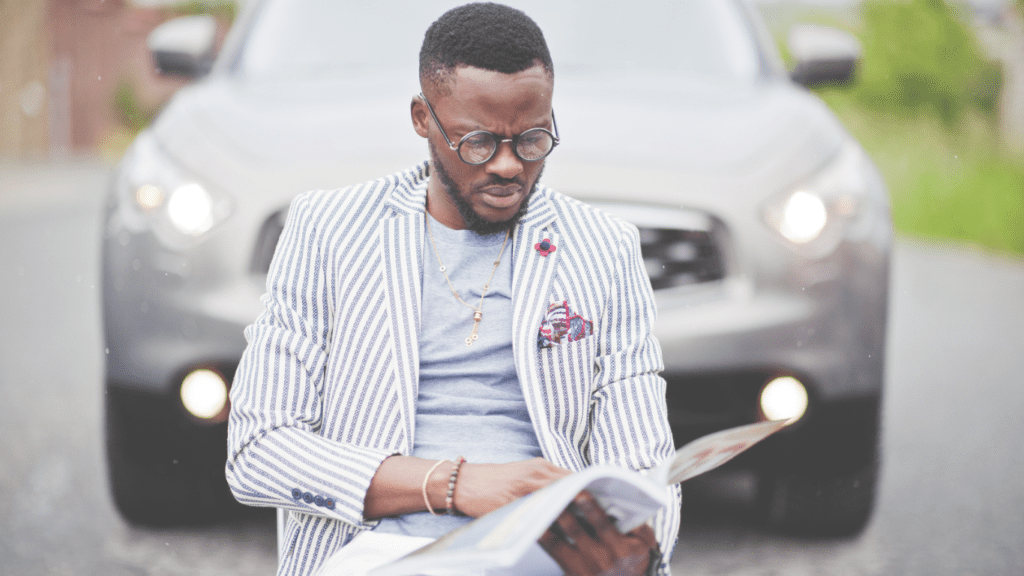
Green Book: Lessons from the Road
“Green Book” offers a humor-filled, yet poignant exploration of racial prejudice and the power of friendship. It brings an unexpected friendship to life as a Black pianist and his white driver navigate the segregated South of the 1960s.
Through the unlikely companionship of its main characters, we witness how humor and kindness can bridge seemingly insurmountable cultural divides. A standout lesson from this road trip is the profound impact that small acts of kindness can have in challenging bigotry, making the world a slightly better place day by day. With humor and heart, the film reminds us of the transformative power of connection and the bridges that can be built across cultural divides.
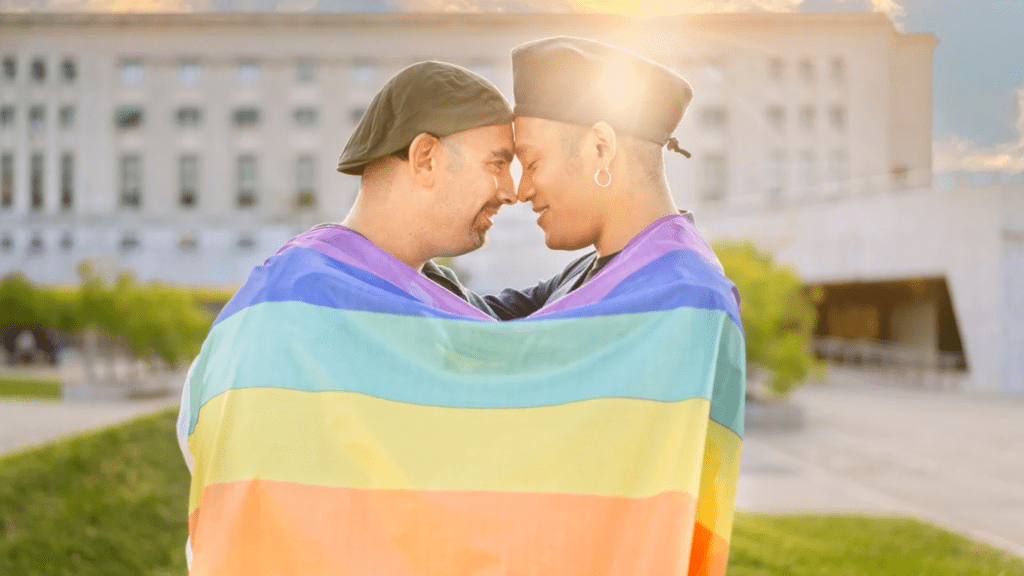
What These Stories Teach Us About Breaking Barriers
Across these narratives, there’s a common thread of understanding, courage, and empathy dismantling the walls of discrimination. They challenge us, the viewers and readers, to explore our own behaviors and biases, acting as gentle but firm reminders that introspection is key to social change.
How You Can Make a Difference
Feeling inspired? Start small: engage in conversations about diversity, support creators from varied backgrounds, and dare to step outside your comfort zone. Each action you take contributes to a tapestry of inclusion and understanding, making you an active participant in shaping a diverse world.
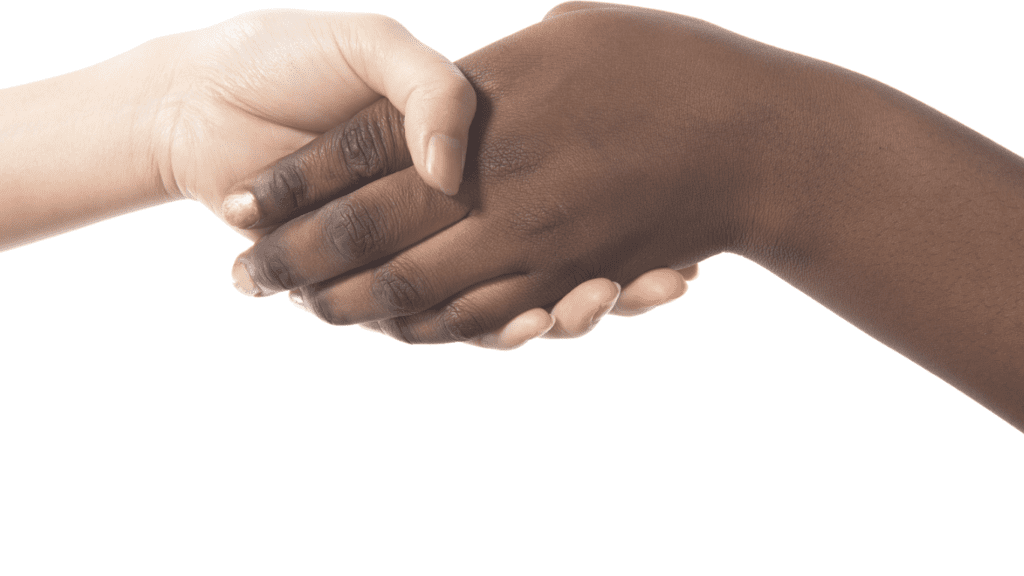
Conclusion
These narratives offer a reflection not only of the diverse struggles and triumphs in society but also serve as a compelling prompt for conversation and introspection. Through the lens of popular media, we gain insights into the prejudices that persist and, importantly, the pathways to overcoming them. It’s fascinating indeed—and a little daunting—how much of our understanding of such complex issues is mediated by what we choose to watch and read. But that’s the beauty and power of storytelling—it can reflect societal realities and challenge the biases we might not even know we have, sparking heated debates and thoughtful discussions in the process.
If these stories teach us anything, it’s that they invite us to dream of a more inclusive, kinder world—and importantly, inspire us to play our part in making it real. As you close this article, may it encourage you to watch, read, and share these narratives, and perhaps spark your own conversations about breaking down barriers. After all, it’s through storytelling that we envision and strive for a better tomorrow.
